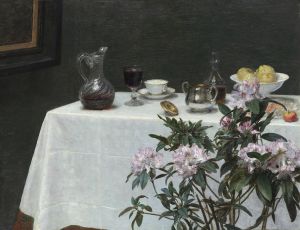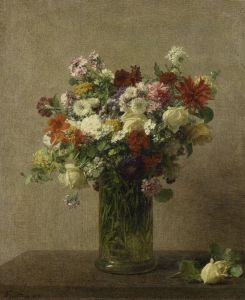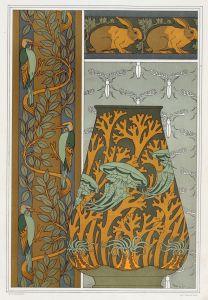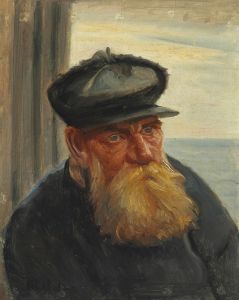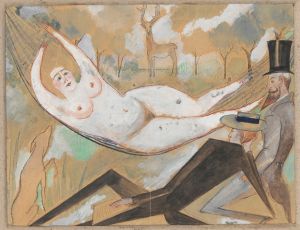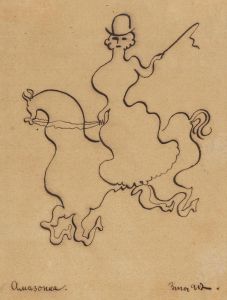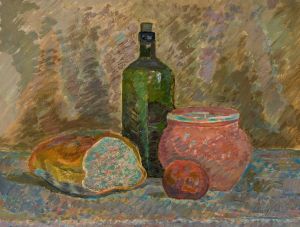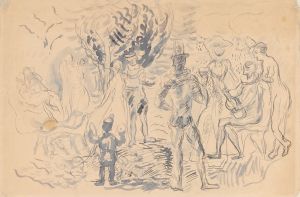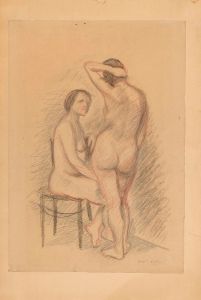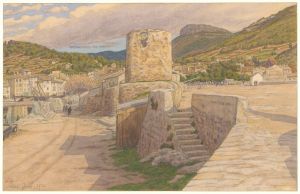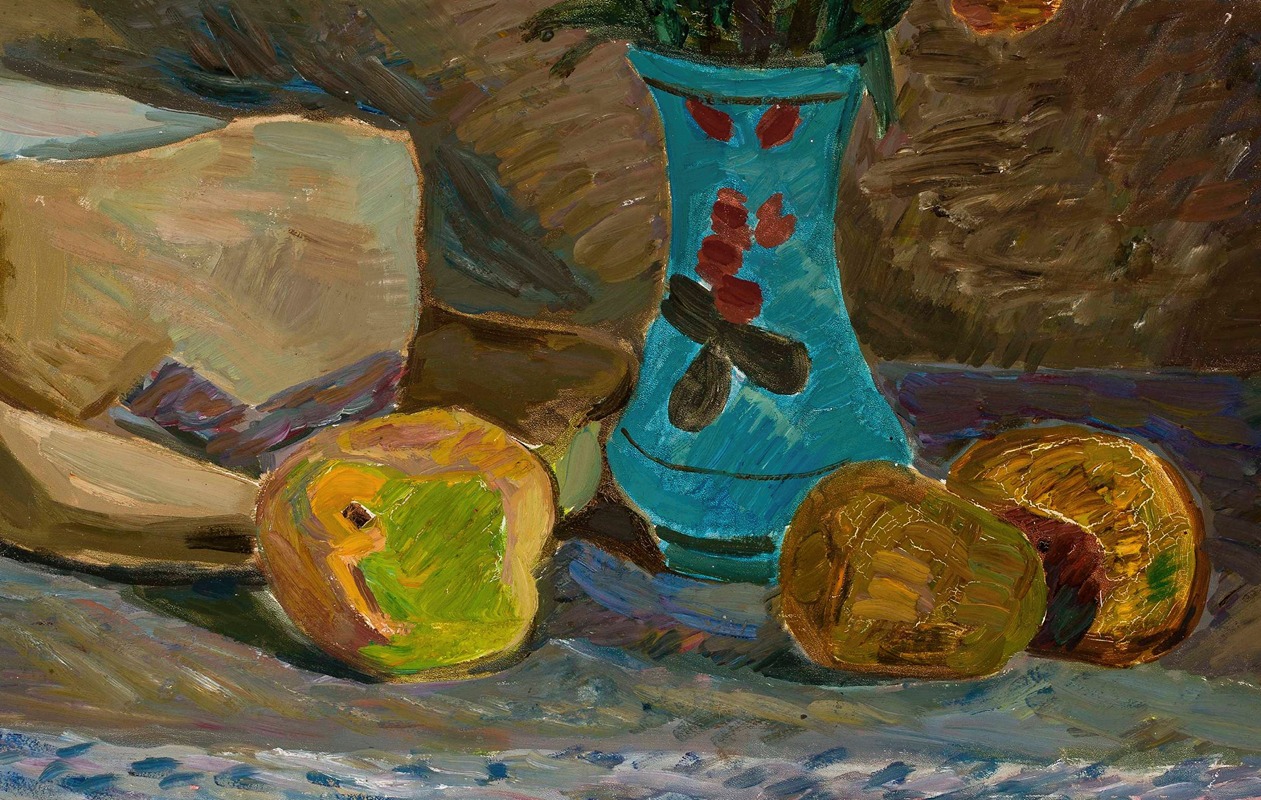
Blue flower vase
A hand-painted replica of Zygmunt Waliszewski’s masterpiece Blue flower vase, meticulously crafted by professional artists to capture the true essence of the original. Each piece is created with museum-quality canvas and rare mineral pigments, carefully painted by experienced artists with delicate brushstrokes and rich, layered colors to perfectly recreate the texture of the original artwork. Unlike machine-printed reproductions, this hand-painted version brings the painting to life, infused with the artist’s emotions and skill in every stroke. Whether for personal collection or home decoration, it instantly elevates the artistic atmosphere of any space.
Zygmunt Waliszewski was a prominent Polish painter known for his contributions to the modern art movement in Poland during the early 20th century. Born in 1897 in Saint Petersburg, Russia, Waliszewski moved to Poland where he became an influential figure in the Polish art scene. His work is characterized by a vibrant use of color and a unique blend of styles, drawing inspiration from both the European avant-garde movements and traditional Polish art.
One of Waliszewski's notable works is "Blue Flower Vase," a painting that exemplifies his distinctive approach to still life. Although specific details about the painting's creation date and current location are not widely documented, it is recognized as part of Waliszewski's broader body of work that explores the interplay of color, form, and composition.
"Blue Flower Vase" showcases Waliszewski's skillful use of color and his ability to infuse everyday objects with a sense of dynamism and life. The painting likely features a vase filled with flowers, rendered in a palette dominated by shades of blue, which was a favored color in many of his works. This choice of color not only highlights the beauty of the flowers but also creates a striking contrast with the surrounding elements, drawing the viewer's attention to the central subject.
Waliszewski's technique often involved bold brushstrokes and a somewhat abstract representation of forms, which can be seen in "Blue Flower Vase." This approach aligns with the broader trends in modern art during the time, where artists sought to break away from the strictures of realism and explore more expressive and subjective interpretations of their subjects.
Throughout his career, Waliszewski was associated with several art groups and movements, including the Formists, a Polish avant-garde group that emphasized the importance of form and structure in art. His work, including "Blue Flower Vase," reflects the influence of these movements, as well as his personal artistic vision.
Despite his relatively short life—Waliszewski passed away in 1936 at the age of 39—his contributions to Polish art have left a lasting impact. His paintings are celebrated for their vibrant energy and innovative use of color, and they continue to be studied and appreciated by art enthusiasts and scholars alike.
While specific exhibitions or collections featuring "Blue Flower Vase" are not extensively documented, Waliszewski's work is held in various museums and private collections, particularly in Poland. His legacy is preserved through these institutions, which continue to showcase his contributions to the development of modern art in Poland.
In summary, "Blue Flower Vase" by Zygmunt Waliszewski is a testament to the artist's unique style and his ability to transform ordinary subjects into captivating works of art. Through his use of color and form, Waliszewski has secured his place as a significant figure in the history of Polish modern art.





